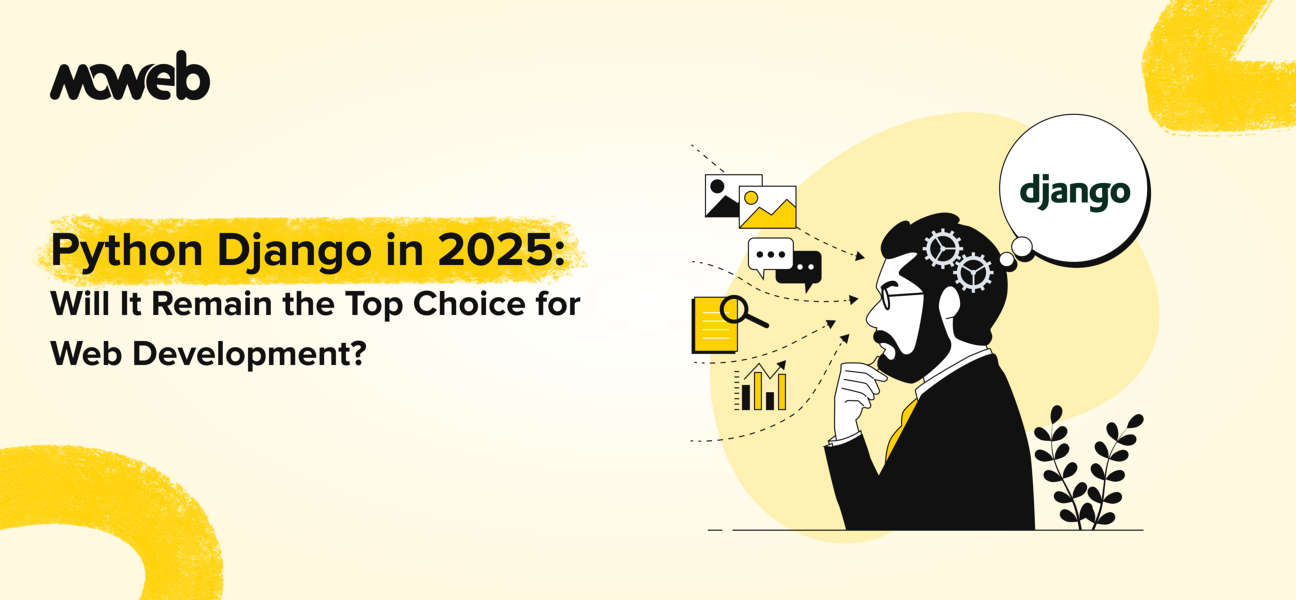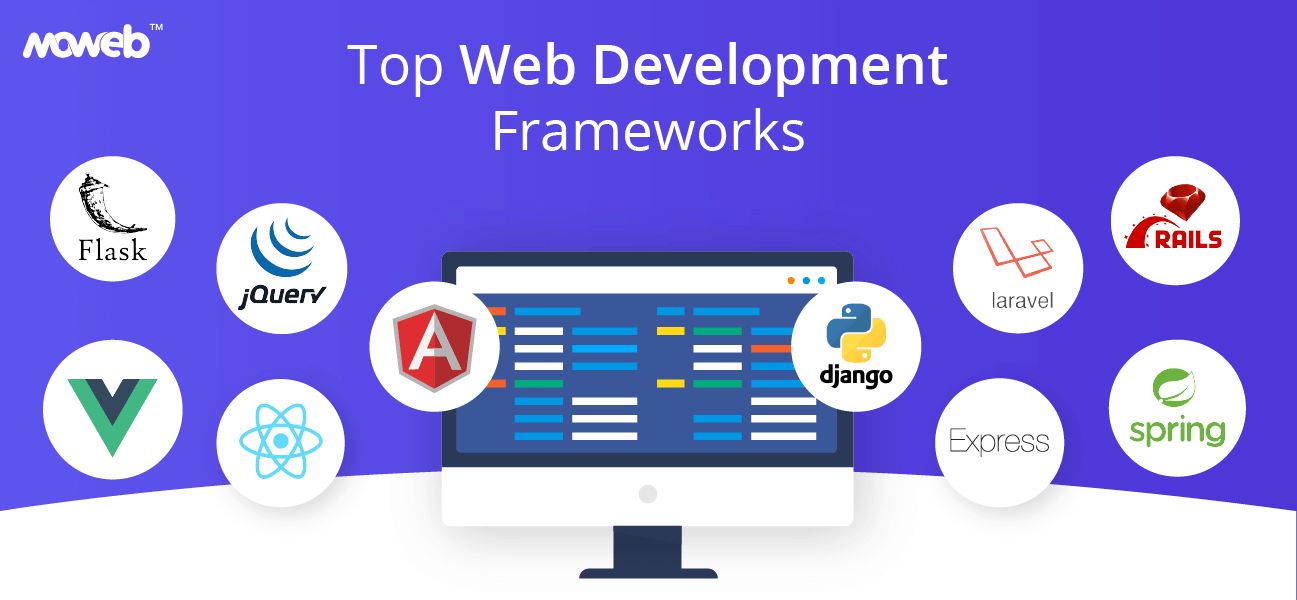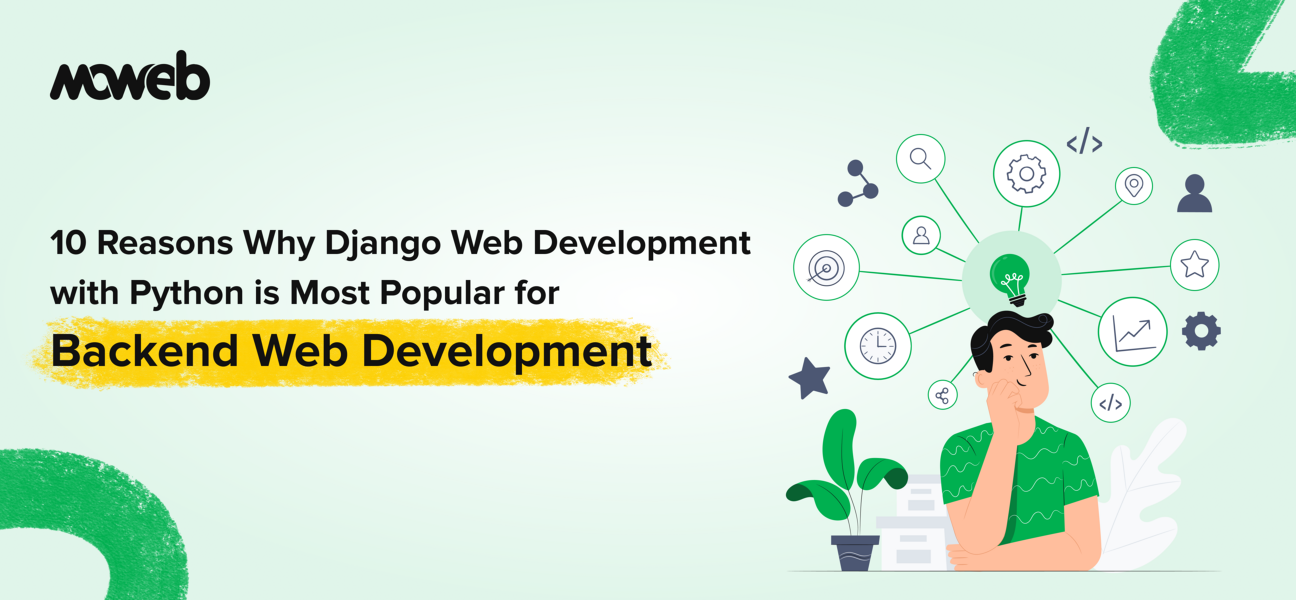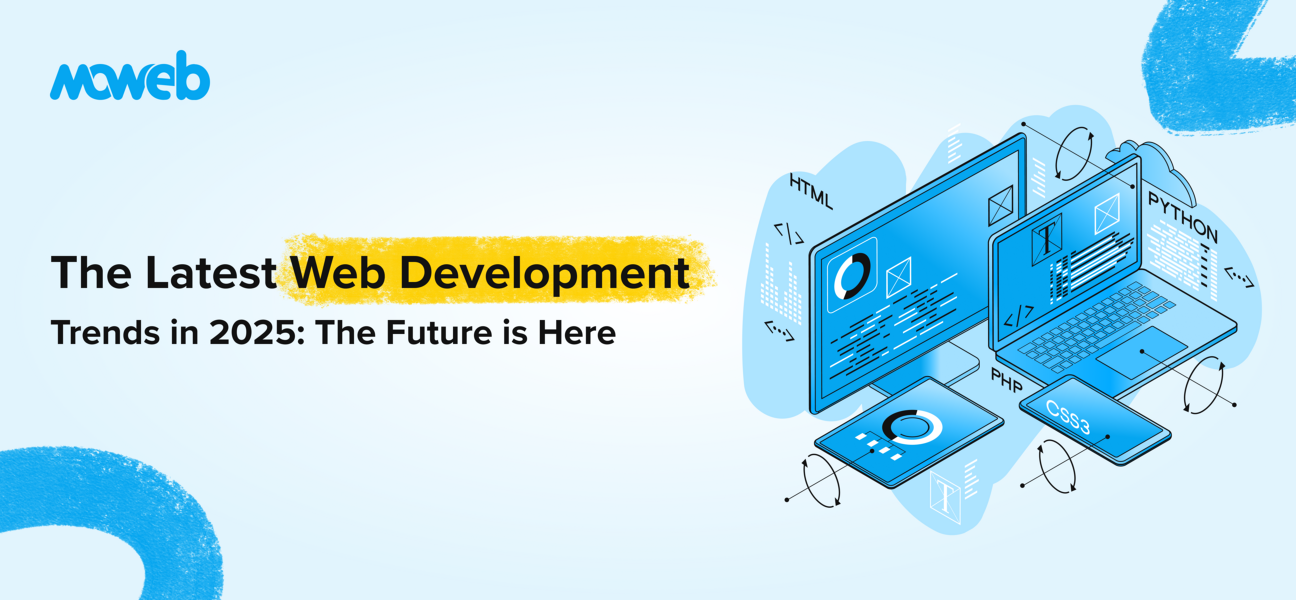
Python Django in 2025 :
In this blog, we’ll delve into the current landscape of Django, its key strengths, and the challenges it faces. We’ll explore emerging competitors, trends influencing web development in 2025, and make predictions about Django’s future. By the end, you’ll have a clear perspective on whether Django will continue to be a top choice for web development in the USA, UK, and Canada.
Introduction
Django, a high-level Python web framework, has been the go-to solution for developers seeking a powerful and scalable way to build web applications. Its popularity and reliability have made it a favorite among developers and companies alike. But with the web development landscape rapidly evolving, one must ask: Will Django still be the preferred choice in 2025? Let’s dive into the factors that will shape Django’s future and see if it will continue to dominate the industry.
Current Landscape: Why Django Reigns Supreme
In today’s rapidly evolving tech landscape, Django maintains its position as a premier choice for web development. Its widespread adoption is evident in numerous high-profile projects and notable companies. Django’s ability to cater to a diverse range of industries, including e-commerce, media, education, and healthcare, cements its position as a versatile and reliable framework.
Companies like Instagram, Spotify, and Disqus have harnessed Django’s potential to build scalable, secure, and high-performing platforms. Its seamless integration with Python, one of the top programming languages globally, enhances its appeal in data-centric applications, making it a go-to choice for AI and machine learning projects. Django has been a dominant web framework for over a decade, and in 2025, it remains a top choice for web application development.
Key Strengths of Django
- Framework Maturity and Stability: With over 15 years of development, Django boasts a mature and stable codebase, which is essential for enterprise applications.
- Rich Ecosystem and Community Support: A vibrant community offers extensive support, plugins, and third-party libraries.
- Built-in Features: Django includes built-in ORM, admin panel, and robust security features out of the box.
- Alignment with Modern Development Trends: The framework seamlessly integrates with the latest web development trends such as REST APIs, making it a preferred choice for many projects.
Key Features Driving Adoption
- Scalability: Django’s modular structure and support for horizontal scaling enable developers to handle high traffic loads, a crucial feature for global applications.
- Security: Built-in features like CSRF protection, SQL injection prevention, and secure authentication set Django apart as one of the safest frameworks available.
- Rapid Development: The framework’s ready-to-use components (e.g., admin interface, ORM) significantly reduce development time, making it ideal for startups and enterprises aiming for faster go-to-market strategies.
- Community and Ecosystem: With a robust community and an extensive library of third-party packages, Django ensures that developers have access to the latest tools and solutions.

Emerging Competitors and Technologies
As strong as Django is, it faces competition from frameworks like Flask, FastAPI, and Node.js. These frameworks offer minimalist and flexible architectures that can be attractive alternatives. Additionally, the rise of microservices and modern frontend frameworks like React and Vue.js are influencing development choices, encouraging developers to explore other options.
Trends Influencing Web Development in 2025
- AI and ML Integration: The integration of AI and ML in web applications is becoming a norm, and Django’s capabilities in this domain are continuously improving.
- Progressive Web Apps (PWAs) and Single Page Applications (SPAs): The demand for PWAs and SPAs is increasing, requiring frameworks to adapt and offer enhanced support.
- Shifts in Development Stacks and Cloud Adoption: As cloud adoption grows, frameworks need to provide robust support for cloud-native applications.

A Technical Breakdown of Django
1. Comprehensive Framework
Unlike minimalist frameworks such as Flask, Django comes with pre-built modules that handle common web development tasks, eliminating the need to start from scratch. For instance:
- ORM (Object-Relational Mapping): Simplifies database interactions, allowing developers to write database queries in Python.
- Admin Panel: A ready-made interface for managing data models, users, and permissions.
- Templating Engine: Facilitates the creation of dynamic HTML pages with minimal effort.
2. Robust Security
Django’s focus on secure coding practices makes it a top choice for applications requiring stringent data protection measures. Built-in features include:
- XSS (Cross-Site Scripting) prevention.
- SSL/HTTPS management.
- Clickjacking protection. This focus on security ensures compliance with global standards like GDPR, making Django a preferred choice in regions like Canada, where data privacy laws are stringent.
3. Python Compatibility
Django’s foundation on Python gives it an edge in AI-driven applications, particularly in predictive analytics and NLP (Natural Language Processing). Its compatibility with libraries like TensorFlow and Scikit-learn ensures seamless integration for machine learning tasks.
Related Post: Why Django Web Development with Python is Most Popular?
Challenges for Django: Addressing Its Limitations
While Django remains a robust and versatile framework, it faces certain challenges that could impact its adoption in a fast-evolving web development landscape. These limitations highlight areas where Django could adapt and improve to maintain its competitive edge.
1. Steep Learning Curve
Django’s “batteries-included” philosophy, while beneficial for experienced developers, can be intimidating for beginners. The framework offers a comprehensive set of built-in features, from ORM to the admin panel, which require a solid understanding of Python and web development concepts.
- Impact: Beginners may struggle to grasp Django’s complexity, leading them to opt for simpler frameworks like Flask.
- Resolution Potential: Improved documentation, beginner-friendly tutorials, and step-by-step onboarding processes can help address this challenge and make Django more accessible to newcomers.
2. Limited Native Support for Asynchronous Programming
Asynchronous programming is becoming increasingly important for modern applications, especially in scenarios requiring real-time updates, such as chat applications or live dashboards. While Django has introduced async capabilities, it lags behind frameworks like FastAPI and Node.js, which are designed with async at their core.
- Impact: Developers building real-time or high-performance applications may choose alternative frameworks better suited for asynchronous tasks.
- Resolution Potential: Django is already taking steps to improve its async support, but accelerating these developments and enhancing its ability to handle async views, middleware, and database queries will be crucial.
3. Limited Ecosystem Versatility Outside Python
Django’s ecosystem is heavily tied to Python, which, while a strength in many areas, can be a limitation when compared to the all-in-one capabilities of JavaScript frameworks like Node.js. Non-Python ecosystems often prefer frameworks that allow seamless frontend-backend integration, making Django less attractive to developers seeking unified stacks.
- Impact: In industries or projects that prioritize end-to-end JavaScript solutions, Django may lose ground to frameworks like Next.js or Express.js.
- Resolution Potential: Enhancing Django’s compatibility with modern frontend technologies (e.g., tighter integrations with React, Vue.js, or Angular) and supporting serverless architectures can mitigate this challenge.
4. Scalability Perception in Microservices Architectures
While Django is highly scalable for monolithic applications, its use in microservices-based architectures can sometimes be questioned due to its heavier setup compared to lightweight alternatives like Flask or FastAPI.
- Impact: Developers working on distributed systems may lean toward more modular frameworks that integrate seamlessly into microservices environments.
- Resolution Potential: Highlighting Django’s ability to work effectively with Docker, Kubernetes, and other containerization tools can demonstrate its adaptability for microservices setups.
5. Dependency on Relational Databases
Django’s ORM is optimized for relational databases like PostgreSQL, MySQL, and SQLite. While these databases are widely used, projects requiring non-relational databases like MongoDB or DynamoDB often find Django less accommodating compared to frameworks explicitly designed for NoSQL integrations.
- Impact: Developers working on big data projects or highly flexible database structures may favor alternatives like FastAPI or Node.js.
- Resolution Potential: Expanding first-class support for NoSQL databases and streamlining integrations can help Django remain competitive in data-heavy environments.

Looking Ahead: Predictions for Django in 2025
While Django’s challenges highlight areas of improvement, its strong community, constant updates, and alignment with Python’s widespread adoption ensure its resilience. Addressing these challenges head-on will not only reinforce Django’s position as a top web development framework but also attract new developers and enterprises in markets like the USA, UK, and Canada.
By improving accessibility, enhancing async capabilities, and embracing ecosystem flexibility, Django can remain a powerhouse framework for scalable, secure, and future-ready applications.
Conclusion
Django’s strengths in scalability, security, and rapid development make it a formidable choice for web development in 2025. While it faces challenges from emerging frameworks, its robust ecosystem, Python compatibility, and focus on enterprise solutions ensure its continued relevance.
Will Django remain a top choice in the future? The answer lies in its ability to adapt to changing trends, embrace asynchronous programming, and leverage its strong community support. Businesses in the USA, UK, and Canada can confidently choose Django development company for building reliable, scalable, and future-ready applications.

FAQs
Why choose Django for web development in 2025?
Django offers unparalleled scalability, security, and rapid development, making it ideal for startups and enterprises alike. Its integration with Python enables seamless implementation of AI and ML capabilities, ensuring Django is still relevant in 2025.
How does Django compare to FastAPI and Flask?
While Flask provides a lightweight approach and FastAPI excels in async programming, Django’s comprehensive built-in features and robust security make it a preferred choice for enterprise applications. For large-scale projects requiring stability and scalability, Django often outshines its competitors.
Is Django suitable for cloud-native applications?
Absolutely! Django integrates seamlessly with major cloud platforms like AWS, Google Cloud, and Azure, making it a strong contender for developing scalable, cloud-native web applications.
Will Django remain relevant in the USA, UK, and Canada?
Given its robust ecosystem, strong community support, and alignment with Python’s popularity, Django is likely to maintain its relevance in key markets like the USA, UK, and Canada. Its versatility ensures that businesses across industries can leverage Django for web development.
What are the future enhancements expected for Django?
Django is expected to strengthen its async capabilities, improve NoSQL support, and further streamline its integration with modern frontend frameworks. These advancements will ensure Django’s continued dominance in the evolving web development landscape.
Django vs Flask – Which enables faster development?
Django enables faster development for large-scale applications due to its built-in features like authentication, admin panel, and ORM. It follows the “batteries-included” approach, reducing the need for third-party integrations.
Flask, being lightweight and minimal, offers more flexibility but requires additional setup for features like authentication and database management. It is ideal for smaller projects or when developers prefer full control over components.
Found this post insightful? Don’t forget to share it with your network!





